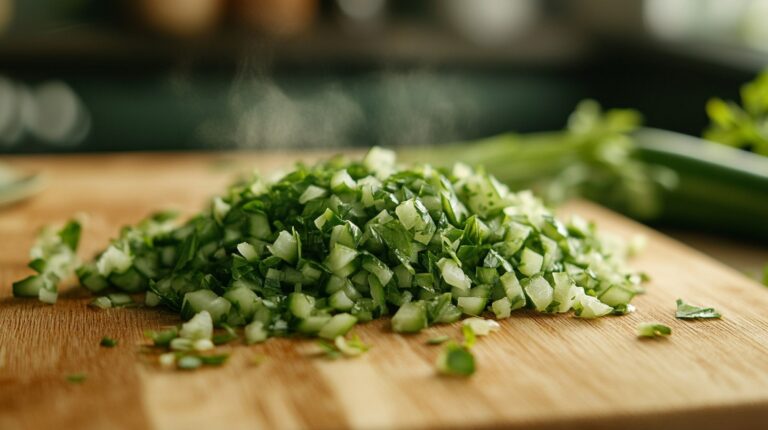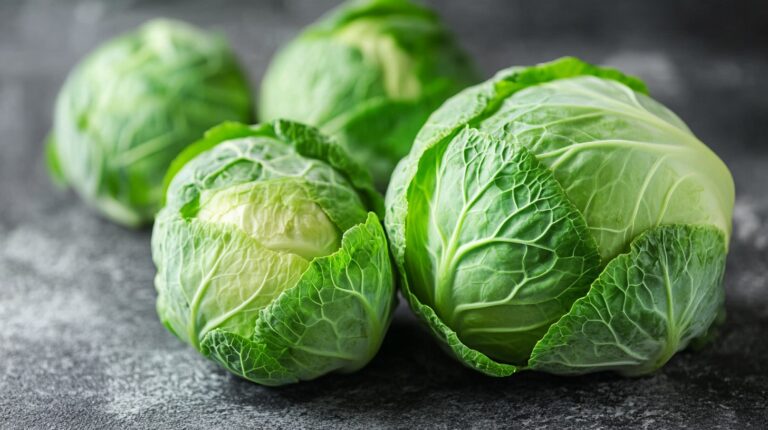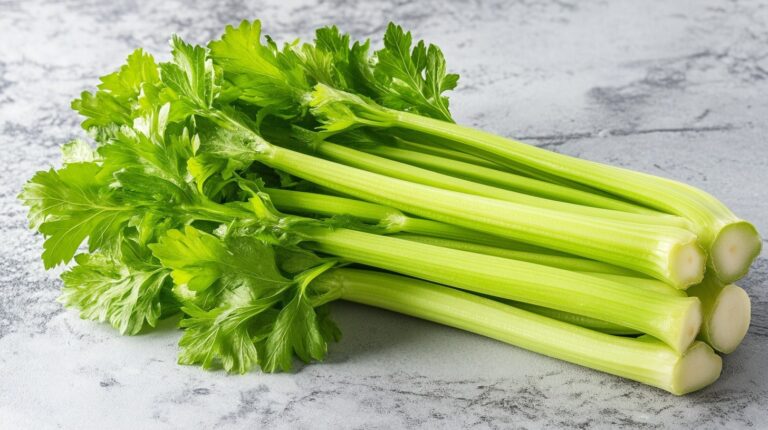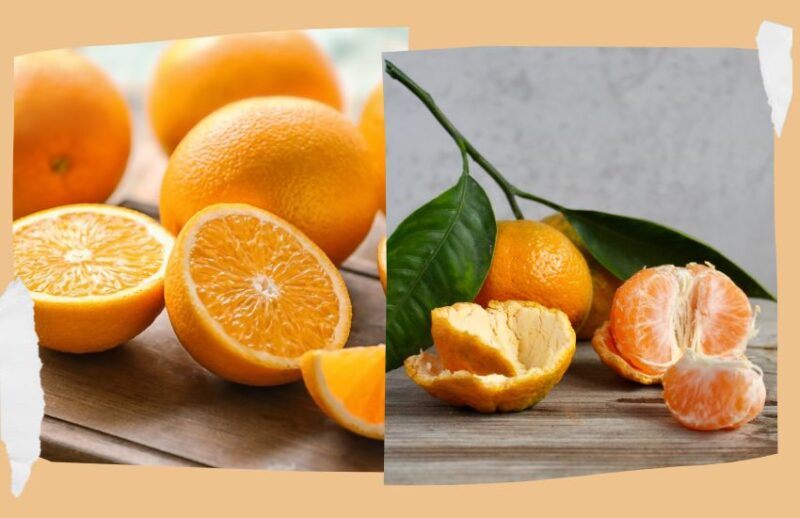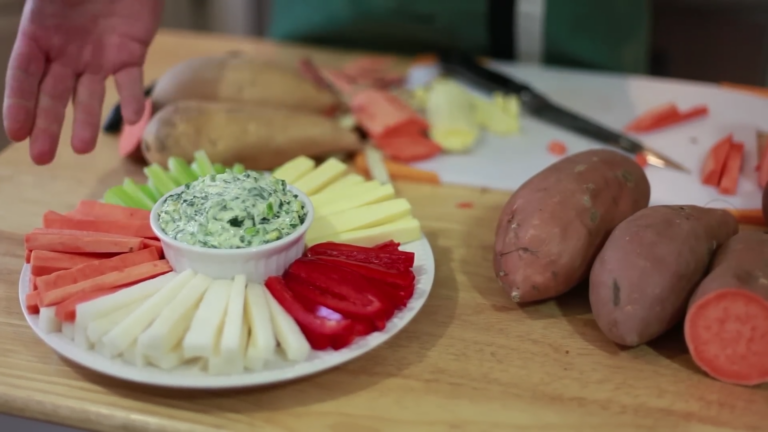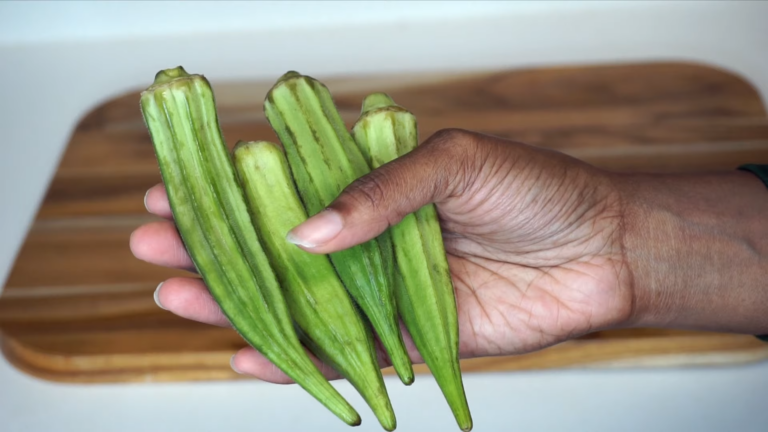Tangerines and clementines may seem similar at first glance, but they offer distinct experiences in taste and texture.
Clementines are sweeter and have smoother skin that is easier to peel, making them a popular choice for a quick, no-mess snack.
Tangerines, on the other hand, tend to be slightly larger with a more robust, tangy flavor. Their skin is somewhat pebbly, adding a tactile element to the peeling process.
This contrast in texture can be appealing to those who enjoy a bit more bite to their citrus fruits.
| Nutrient | Tangerines | Clementines |
|---|---|---|
| Calories | 53 | 47 |
| Protein (g) | 0.8 | 0.9 |
| Carbohydrates (g) | 13.3 | 12 |
| Sugars (g) | 10.6 | 9.2 |
| Dietary Fiber (g) | 1.8 | 1.7 |
| Fat (g) | 0.3 | 0.2 |
| Vitamin C (mg) | 26.7 | 48.8 |
| Calcium (mg) | 37 | 30 |
| Potassium (mg) | 166 | 177 |
Characteristics of Tangerines

Taste
Tangerines offer a sweet-tart taste that balances between sweetness and a slight tanginess. They tend to be less sweet than clementines, with a more complex, layered flavor. This makes them appealing to those who enjoy a depth of taste.
The acidity in tangerines can vary but often provides a refreshing bite. These characteristics make tangerines suitable for fresh consumption, as well as in culinary dishes where a touch of citrusy flavor can enhance the overall taste.
Texture
The skin of tangerines is pebbly and firm, making them relatively easy to handle. While they are easy to peel, the firmness means the segments often come apart cleanly without much juice spillage, which can be a plus for on-the-go snacking.
The flesh inside is juicy and tender, yet slightly firmer compared to other mandarins like clementines. This texture makes them satisfying to eat, offering a blend of juiciness and bite.
Tangerines often have more seeds than clementines, which should be considered when selecting them for certain recipes or snacks.
Characteristics of Clementines

Taste
Clementines offer a sweet and mild flavor. This sweetness makes them a popular choice for snacking and adding to salads or desserts. Unlike tangerines, which can have a more pronounced sweet-tart taste, clementines typically lack any significant acidity.
They are also seedless, which adds to their attractiveness for consumption, especially for children. This absence of seeds ensures a smooth eating experience without interruptions. Overall, clementines are favored for their consistent and sweet taste, making them a delightful treat for a variety of culinary applications.
Texture
The texture of clementines is another reason for their widespread appeal. They have smooth and thin skin, which is easy to peel. This attribute makes them highly convenient for quick snacks or lunchboxes, reducing the effort needed to enjoy the fruit.
Inside, clementines have tender and juicy segments. These segments separate easily, allowing for effortless consumption. The flesh is typically consistent without any tough membranes, ensuring a pleasant eating experience. These texture characteristics make clementines an excellent choice for those seeking a combination of convenience and enjoyable texture.
Culinary Uses
Fresh Consumption

Tangerines and clementines are both enjoyed in their natural state due to their sweet and refreshing flavor. Clementines, with their easy-to-peel skin and seedless nature, are favored for on-the-go snacks and lunchbox additions. Their smaller size and juiciness make them perfect for a quick, mess-free treat.
Tangerines also make a delightful fresh snack, though they typically contain seeds and have a slightly more complex flavor profile. They can be segmented and added to fruit salads or green salads, bringing a burst of citrusy sweetness. Due to their slightly larger size, one tangerine can provide a more substantial serving compared to a clementine.
Cooking and Baking

Clementines and tangerines bring unique flavors to cooked and baked dishes. Clementines are often used in baked goods such as cakes, muffins, and custards. Their sweetness and bright flavor infuse well into desserts, making them a favorite for orange-flavored pastries.
Tangerines, on the other hand, lend themselves well to savory cooking. Their juice pairs perfectly with marinades for poultry, like chicken and fish. The slightly tangy flavor of tangerines can enhance sauces and glazes, adding depth to the dish.



